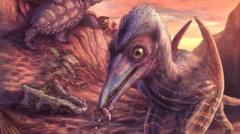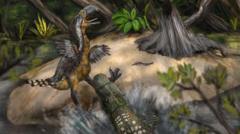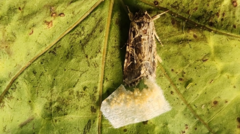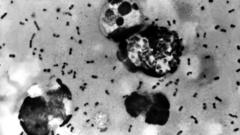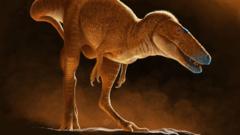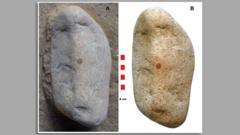The jawbone of the new species was originally found in 2011 but has only now been classified through advanced scanning techniques. Researchers at the Smithsonian's National Museum of Natural History completed the work, unveiling this newly identified flying reptile, which existed during the Triassic period when dinosaurs roamed the Earth. The name Eotephradactylus mcintireae, translating to "ash-winged dawn goddess," honors the volcanic ash that preserved the fossils in an ancient riverbed.
Dr. Ben Kligman, who led the research, noted that pterosaur bones are challenging to find due to their fragile nature. They often do not survive the fossilization process. The discovery site, once a riverbed, has retained essential clues about life during that period, revealing a diverse ecosystem complete with extinct and familiar species, such as giant amphibians and modern frogs.
An analysis of the pterosaur's teeth indicates it likely fed on primitive fish with hard, bony scales, suggesting an early interaction between these species. Findings like this create a clearer picture of evolutionary transitions 200 million years ago, prompting researchers to investigate other similar Triassic fossil sites for undiscovered pterosaur remains. This remarkable discovery paints a richer narrative of the complex interplay of life forms during a pivotal time in Earth's history.
Dr. Ben Kligman, who led the research, noted that pterosaur bones are challenging to find due to their fragile nature. They often do not survive the fossilization process. The discovery site, once a riverbed, has retained essential clues about life during that period, revealing a diverse ecosystem complete with extinct and familiar species, such as giant amphibians and modern frogs.
An analysis of the pterosaur's teeth indicates it likely fed on primitive fish with hard, bony scales, suggesting an early interaction between these species. Findings like this create a clearer picture of evolutionary transitions 200 million years ago, prompting researchers to investigate other similar Triassic fossil sites for undiscovered pterosaur remains. This remarkable discovery paints a richer narrative of the complex interplay of life forms during a pivotal time in Earth's history.

